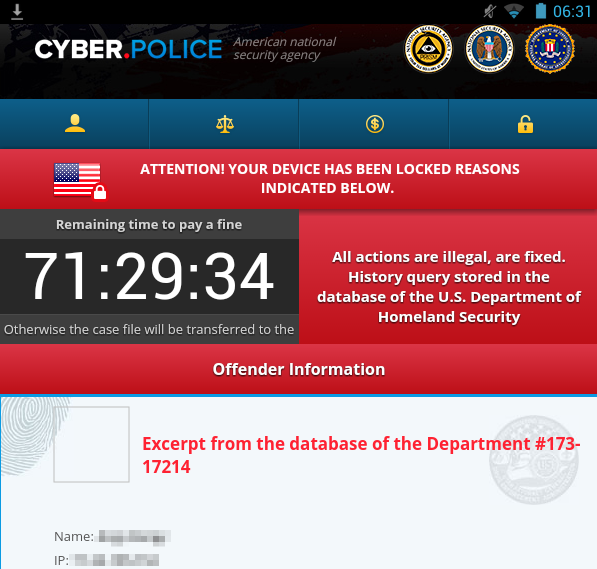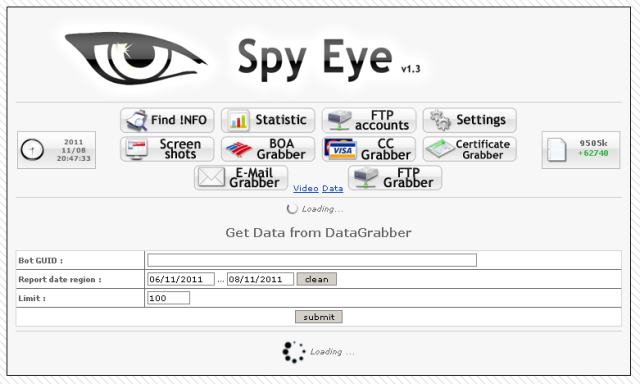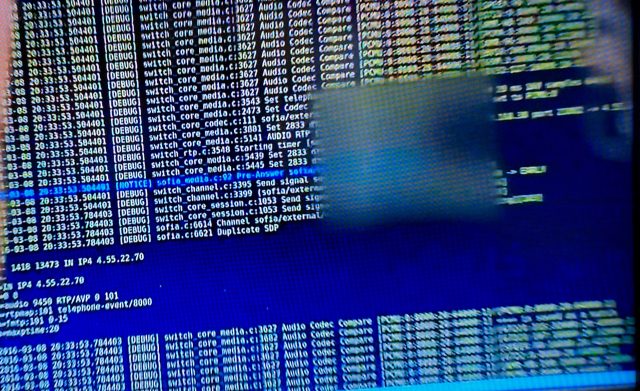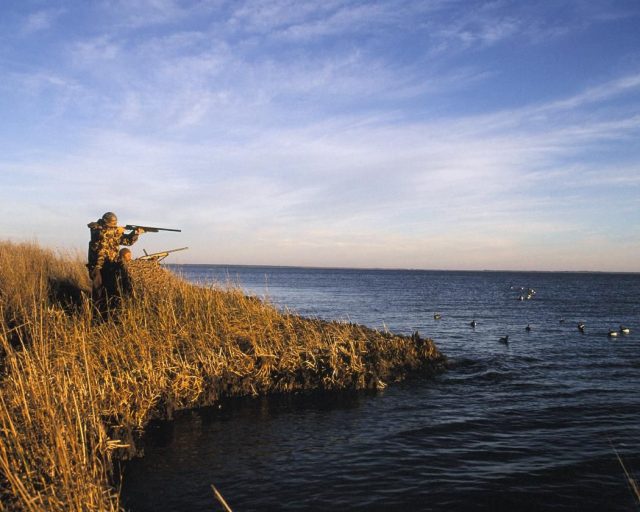
(credit: US DefenseImagery)
Opening a new front in its campaign to defeat Islamic State terrorists, the US military has, for the first time, directed its Cyber Command to mount hacking attacks against ISIS computers and networks, The New York Times reported Sunday.
While US National Security Agency hackers have targeted ISIS members for years, its military counterpart, the Cyber Command, virtually conducted no attacks against the terrorist organization. The new campaign reflects President Obama's desire to bring the types of clandestine military hacking operations that have targeted Iran and other nations to the battle against ISIS. According to the NYT:
The goal of the new campaign is to disrupt the ability of the Islamic State to spread its message, attract new adherents, circulate orders from commanders and carry out day-to-day functions, like paying its fighters. A benefit of the administration’s exceedingly rare public discussion of the campaign, officials said, is to rattle the Islamic State’s commanders, who have begun to realize that sophisticated hacking efforts are manipulating their data. Potential recruits may also be deterred if they come to worry about the security of their communications with the militant group.
Defense Secretary Ashton B. Carter is among those who have publicly discussed the new mission, but only in broad terms, and this month the deputy secretary of defense, Robert O. Work, was more colorful in describing the effort.
“We are dropping cyberbombs,” Mr. Work said. “We have never done that before.”
The campaign began by installing several implants in the militants’ networks to learn the online habits of commanders. Now, Cyber Command members plan to imitate the commanders or alter their messages. The goal is to redirect militants to areas more vulnerable to attack by American drones or local ground forces. In other cases, officials said, US military hackers may use attacks to interrupt electronic transfers and misdirect payments.







